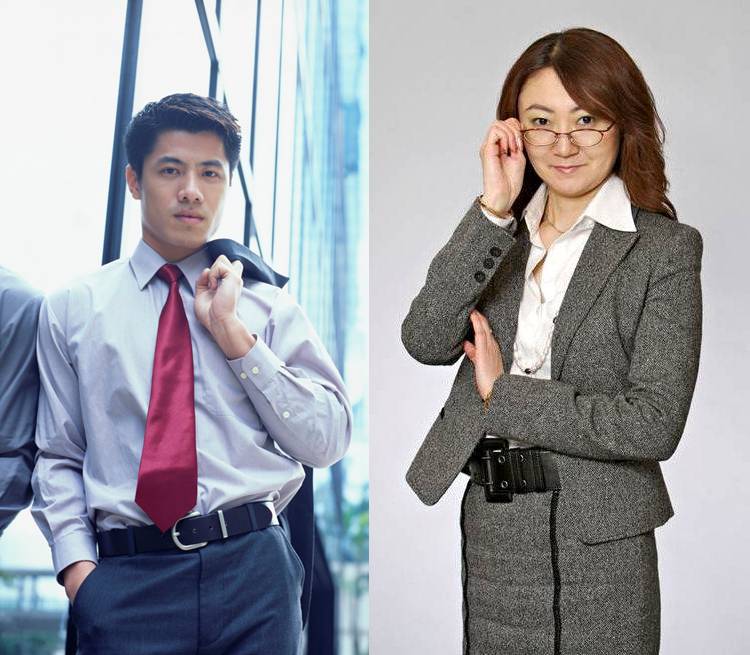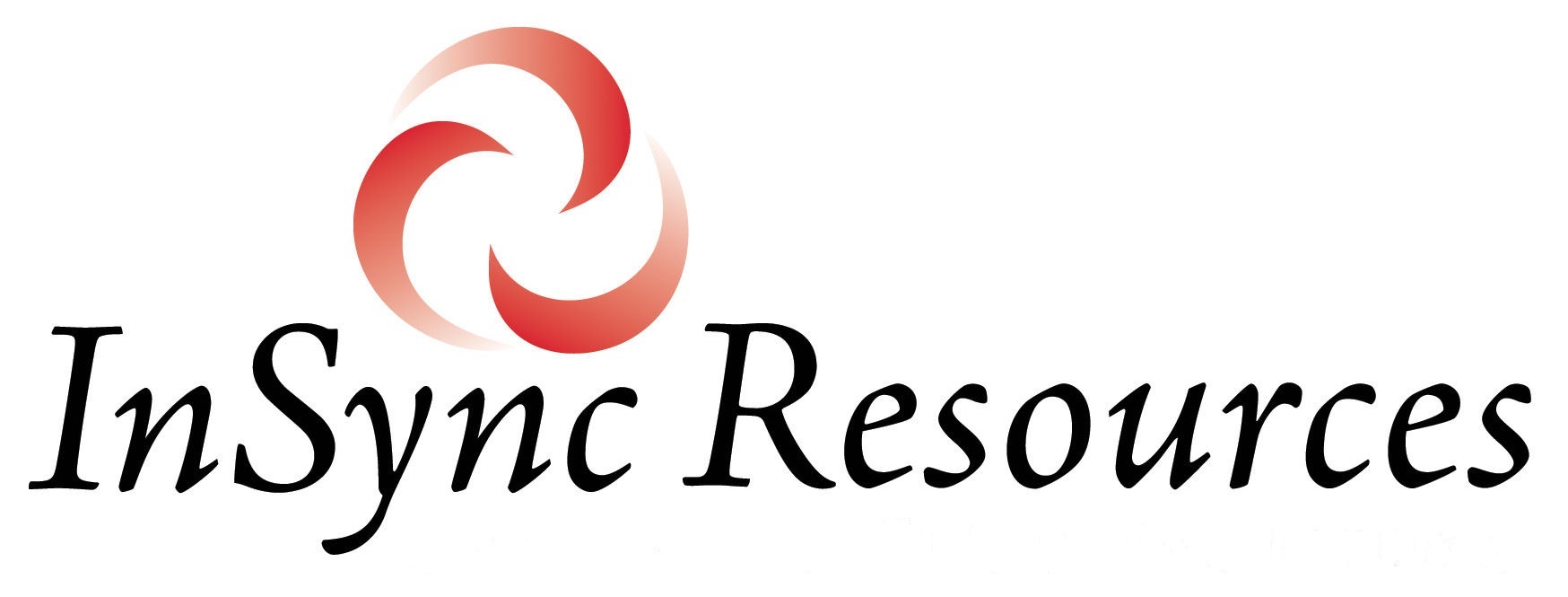“Looking capable will inspire others with the confidence to give you the most visible challenges.”
–Martin Yate
Although Martin Yate’s book, Knock ‘em Dead, offers advice on all aspects of job search, as far as I’m concerned, his interview section is THE definitive how-to resource. He covers everything from what to ask to what to wear.
 Below you’ll find some of his very specific tips on what to wear. By the way, I agree with what he advises with two exceptions, which I’ll come back to later.
Below you’ll find some of his very specific tips on what to wear. By the way, I agree with what he advises with two exceptions, which I’ll come back to later.
Men
- Suits with standard two-button jacket and flat front pants.
- Colors in navy through medium blue and charcoal though light gray, followed by brown.
- 100% wool – looks and wears better than any other material
- Long-sleeved shirt in white, cream or pale blue.
- Ties of silk most powerful impact – width should approximate the width of your lapels in solids, stripes and paisleys.
- Lace-up wing tip shoes or slip-ons with a low, plain vamp or tassel in black or brown leather.
- Socks need to complement the suit.
- Belt with a small, simple buckle should match or complement the suit (black with blue, black or gray suit while brown, tan or beige suits call for brown).
Women
- Solid skirt or pants with a coordinating conservative plaid is okay. Colors will be charcoal, medium gray, steel gray, black and navy blue. The most professional being simple solid navy or gray with a white blouse.
- Jackets should be simple, well-tailored and stylish… but not stylized.
- Skirt length should fall just at or no more than 2” above the knee.
- Blouses should be long sleeves and in white or cream… pale pink, soft yellow or light blue are okay if the color blends into the overall look. Button-down collar is always great.
- Shoes should be leather in brown or black… but also safe navy, burgundy and forest green. Should always be the same or a darker tone than your skirt. Flats are fine. Heal of up to about 2 ½ is acceptable. Closed toe is safest and most conservative. Toe on any style should not be overly pointed.
- Panty hose or stockings should be in neutral skintones, though sheer white or cream will work if it complements your blouse or dress. (Always keep an extra pair in your purse.)
- Briefcase or purse… not both… brown and burgundy are recommended for both men and women, but women may include navy and black.
- Belt should match or complement the shoes.
- Jewelry – less is more; subdued and not jangly or dangly.
- Makeup should be natural and use lipstick sparingly or not at all.
Okay, so I mentioned earlier that I disagree with Yate on two points. Here they are…
First of all, he doesn’t talk about women wearing pants… only skirts. Bah! Women, you can certainly wear pants as long as they are professional!
Secondly, although his formal dress advice is applicable in most US cities, in some communities, like in the area where I live (near Austin, Texas), dressing this formally may alienate you during the interview process.
I once interviewed a candidate who had recently moved from Dallas. She was struggling to get to the next round and we theorized that it might have something to do with her standard interview outfit: black skirt and blazer, white blouse, pearls, and heels. Once, when she had no time to change clothes before her interview, she went to an interview wearing a nice linen pants suit instead. Lo and behold, she made it to the next round. In Dallas, her interview outfit was perfect. In Austin, there are a few industries where her black suit and pearls would have been great too, especially if she was going for an executive role (which she was not). But she was interviewing with high-tech companies in Austin where employees often wear jeans, t-shirts, and flip flops. In fact, most of Austin’s work culture is similar to what you’d see in many of the cities on the west coast of the US. We have professional casual work environments even at organizations that aren’t in the tech sector.
The moral to the story is that it’s better to dress up than to dress down, and you should also keep in mind the dress culture of the industry and the organization.
